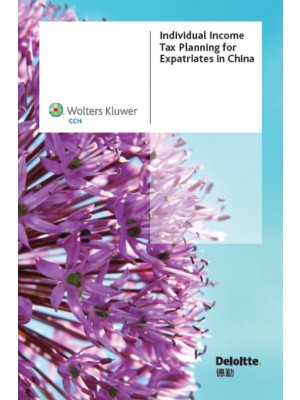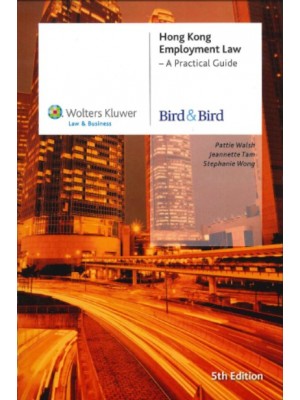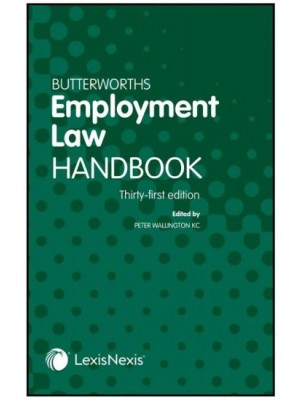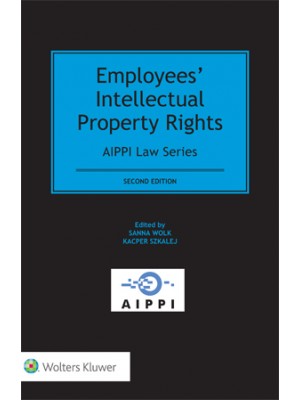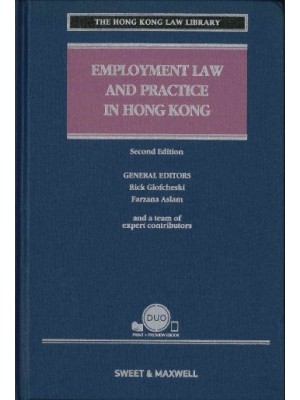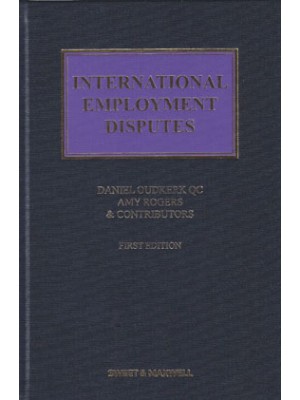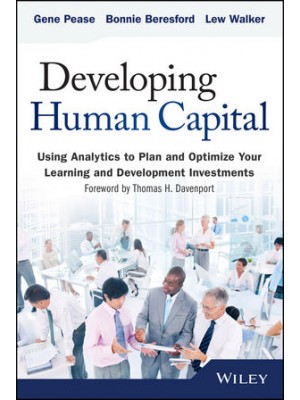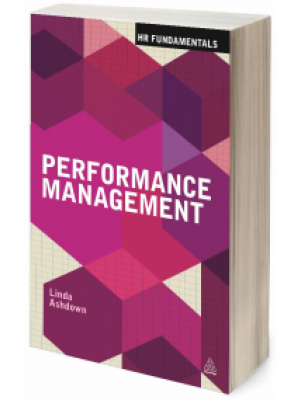Foreword xvii
Preface xix
Acknowledgments xxi
CHAPTER 1 Classic Arab Financial Contracts in Modern Financial Institutions 1
Introduction 1
Economic Conditions in the Prophet Muhammad’s (pbuh) Era 1
Development of Classic Economic Contracts 6
Conclusion 12
Notes 13
References 13
CHAPTER 2 Program to Develop Indonesian Islamic Banking 15
Introduction 15
The Indonesian Islamic Banking Industry 15
A Program to Improve the Performance of the Islamic Banking Industry 26
Conclusion 27
References 27
CHAPTER 3 Understanding Characteristics of Depositors 29
Introduction 29
Studies on the Output of Empirical Surveys 30
Segmentations of Banking Depositors 33
Investment Behavior of Banking Depositors 35
An Integrated Program to Develop the Industry 41
Conclusion 43
References 44
CHAPTER 4 Liquidity Risk Management in Banks: The Conventional Perspective 45
Introduction 45
Liquidity Risk in Banking Institutions 45
Process of Liquidity Risk Management 49
Asset-Liability Imbalance and Maturity Mismatch Risks 52
Techniques to Mitigate Liquidity Risk 55
Financial Instruments as Sources of Banks Liquidity 58
Conclusion 60
Note 61
References 61
CHAPTER 5 Liquidity Risk Management in Banks: The Sharia Perspective 63
Introduction 63
Liquidity Risk Issues in Islamic Banking 63
Characteristics of Islamic Banks Facing Liquidity Risk 64
Sharia Issues in Liquidity Risk Management 67
Approaches to Manage Liquidity Risk Based on Sharia 71
Techniques to Mitigate Liquidity Risk Based on Sharia 75
Conclusion 80
Notes 81
References 81
CHAPTER 6 Islamic Banking Characteristics, Economic Conditions, and Liquidity Risk Problem 83
Introduction 83
Supporting Factors of Development 83
Characteristics of the Industry in Relation to Liquidity Problems 85
Investment Behavior of Depositors and Economic Conditions 88
Ideas for Improvements 94
Conclusion 95
References 95
CHAPTER 7 Performance of the Islamic Banking Industry 97
Introduction 97
Background of the Indonesian Islamic Banking Industry 98
Organizational Approach to Managing Liquidity 99
Liquidity Risk Management Related to the Liability Side 102
Instruments to Manage the Demand for Liquidity 120
Conclusion 124
Notes 125
References 125
CHAPTER 8 Growth of the Islamic Banking Industry 127
Introduction 127
Islamic Banking Industry and Its Development Programs 128
Literature Reviews 129
Construction and Output of the Models 133
ARIMA Models 134
Conclusion 143
References 144
CHAPTER 9 The Optimal and Decreasing Growth Rate of the Islamic Banking Industry 145
Introduction 145
Conditions Leading to the Optimal and Decreasing Growth Rate 146
Papers Analyzing Growth and Development of the Islamic Banking Industry 146
Construction of the ARIMA Models and Estimations 147
Findings and Strategic Policy Recommendations 154
Conclusion 155
References 155
CHAPTER 10 Liquidity Management Index 157
Introduction 157
Liquidity Risk Problem in Sharia Perspective 157
Construction of Liquidity Risk Management Index 158
Assessing the Indonesian Islamic Banking Industry 160
Overall Assessments of the Islamic Banking Industry 163
Conclusion 164
Appendix 10A: Liquidity Risk Management (Survey Manuals) 165
Appendix 10B: Bank X Survey Results 171
Appendix 10C: Bank Y Survey Results 177
Appendix 10D: Bank Z Survey Results 183
Note 189
References 189
CHAPTER 11 An Empirical Survey on Liquidity Risk Management 191
Introduction 191
Depositors Understanding of Islamic Banking 192
Investment Behavior of Depositors 193
Liquidity Behavior of Depositors 198
Risk Management Committee in Islamic Banks 205
Sources of Liquidity Risk Problem and Liquid Instruments 212
Conclusion 214
Notes 214
References 215
CHAPTER 12 Islamic Banking Behavior Model of Indonesia (ISLAMI) 217
Introduction 217
Framework of ISLAMI 217
Model Review and Justification 219
Asset Liability Balance Models: Theoretical Background 221
Liquidity Reserves Model: Theoretical Background 227
Model of Islamic Monetary Operation: Theoretical Background 231
Econometric Analysis 236
Interpretation of the Models 250
Long-Run Causality and Dynamic Responses of Variables 253
Findings and Recommendations 261
Conclusion 262
Notes 263
References 263
Appendix 12A: Proofing Formula 265
Appendix 12B: Proofing Formula 266
Appendix 12C: Proofing Formula 266
Appendix 12D: Proofing Formula 266
CHAPTER 13 Strengthening and Improving Liquidity Management 267
Introduction 267
Organizational Structures 268
Integrated Output of the Previous Chapters 269
Discussion of the Depositors’ Side 270
Discussion of the Islamic Banking Side 273
Liquidity Problems and Islamic Liquid Instruments 274
A Proposed Program to Manage Liquidity Risk 275
Conclusion 280
References 281
CHAPTER 14 Demand and Supply of Liquidity in Islamic Banks 283
Introduction 283
Short-Term Demand for Liquidity 284
Short-Term Suppliers of Liquidity 285
Historical Performance of Short-Term Liquidity Management 287
Future Performance of Short-Term Liquidity Management 289
Findings and Suggestions 299
Conclusion 301
References 301
CHAPTER 15 An Empirical Survey on Depositors’ Withdrawal Behavior 303
Introduction 303
Potential Problems of Withdrawals Risk in Islamic Banks 304
Depositors’ Behavior in Withdrawing Funds 304
Empirical Survey on Deposit Withdrawal Behavior 308
Policy Recommendation 315
Conclusion 316
Notes 316
References 316
CHAPTER 16 An Econometric Model of Depositors’ Withdrawal Behavior 319
Introduction 319
Flow of Funds in Islamic Banking 320
Model of the Liability Side in the Competitive Banking Sector 321
Econometric Analysis 323
Findings from Models and Suggestions 329
Limitation of the Models 331
Conclusion 331
References 331
CHAPTER 17 Formulating Withdrawal Risk and Bankruptcy Risk 333
Introduction 333
Characteristics of Islamic Banking Industry 334
Assumptions and Risk Formulas 335
Withdrawal Risk Scenarios 336
Bankruptcy Scenarios 338
Soundness and Failure of Islamic Banks 339
Revenue-Sharing Equilibrium Ratio 340
Conclusion 342
Notes 342
References 343
Appendix 17A: Proofing Formula of the Invulnerable and Vulnerable Condition 343
Appendix 17B: Proofing Formula of Solvency and Bankruptcy Condition 344
Appendix 17C: Proofing Formula of Combination of Scenarios 345
CHAPTER 18 An Optimal Risk-Return Portfolio of Islamic Banks 347
Introduction 347
The Dominant Islamic Financing Instruments 348
Risk-Return Portfolio Theory 348
Efficient Portfolio Theory 350
Risk-Return Analysis of Islamic Financing Instrument 351
An Efficient Portfolio Financing Frontier 360
Conclusion 362
References 362
Appendix 18: Derivation of Variances of 1–4 Financing Instruments 363
CHAPTER 19 Volatility of the Returns and Expected Losses of Islamic Bank Financing 365
Introduction 365
Islamic Financing Instruments 366
Value at Risk Approach 367
Value at Risk (VAR) Analysis for the Indonesian Islamic Banks 369
Value at Risk Result 372
Recommendations 376
Conclusion 377
References 377
CHAPTER 20 The Moral Hazard Problem in Murabahah Financing 379
Introduction 379
Murabahah Financing 380
Moral Hazard in Murabahah Financing 382
Minimizing Moral Hazard in Murabahah Financing 386
Conclusion 388
Note 389
References 389
CHAPTER 21 Central Bank Islamic Monetary Instruments: A Theoretical Approach 391
Introduction 391
General Assumptions 392
Islamic Monetary Instruments 393
Utility of Islamic Monetary Instruments 402
Conclusion 403
Notes 405
References 405
Appendix 21A: Derivation of Central Bank Wakalah wa Ijarah Certificate 406
Appendix 21B: Derivation of Central Bank Wakalah wa Ijarah Muntahia Bitamlik Certificate 407
Appendix 21C: Derivation of Central Bank Islamic Securitization Wa Ijarah Certificate—Ijarah Rental Rate 407
Appendix 21D: Derivation of Central Bank Islamic Securitization wa Ijarah Certificate—Investors Investment Decision 408
CHAPTER 22 Assessing Economic Growth and Fiscal Policy in Indonesia 409
Introduction 409
Wagner’s Law and Keynes’s Law on Economic Development 410
Assumptions and Economic Modeling 411
Defining Variables and Model Specification 412
Autoregressive Distributed Lag (ARDL) Model 415
Long-Run Dynamic Model 417
Findings and Historical Conditions 418
Conclusion 421
Notes 421
References 421
CHAPTER 23 Bank Lending Channel and Islamic Banks 423
Introduction 423
Underlying Conditions and Assumptions 424
Econometrics Analysis 425
Findings from Econometrics Analysis 430
Conclusion 431
Note 432
References 432
CHAPTER 24 Islamic Gracious Monetary Instruments: A Theoretical Approach 433
Introduction 433
General Assumptions 434
The Islamic Gracious Monetary Instruments 436
Utility of the Islamic Gracious Monetary Instruments 448
Conclusion 450
References 451
CHAPTER 25 Assessing Gold Murabahah in Islamic Banking 453
Introduction 453
Underlying Finance Theory 454
Analysis of Gold Murabahah Financing in Islamic Banking 457
Regulating Gold Murabahah 465
Conclusion 466
References 466
CHAPTER 26 Simulation-Based Stress Testing 467
Introduction 467
Stress-Testing Guidance 467
Stress-Testing Simulations and Findings 471
Conclusion 480
References 482
CHAPTER 27 Does the Return on Islamic Deposits Mimic the Interest Rate? 483
Introduction 483
Performance of Islamic Deposit Return 484
Literature Review 486
Research Framework 490
Results of Applying Ayuda Neurointelligence 490
Interpretations of the Results 497
Conclusion 497
References 498
About the Author 501
Index 503











